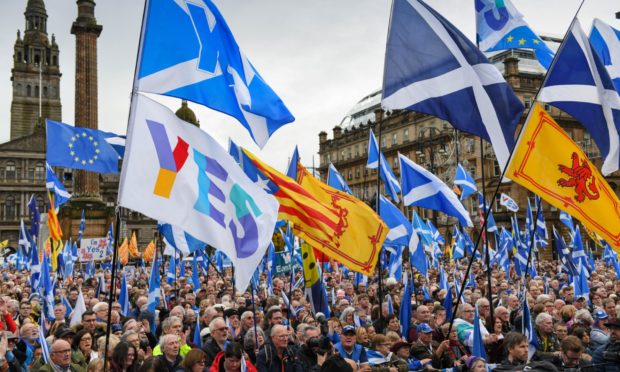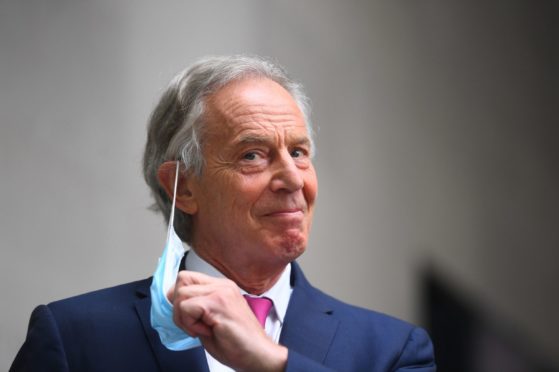Downing Street advisers privately conceded that Scotland could have a referendum on “anything it wants” without Westminster’s consent, previously classified documents from Tony Blair’s premiership have disclosed.
An email from Prime Minister’s key aide Pat McFadden ahead of releasing plans for devolution in 1997 also revealed “a couple of very worried Scottish MPs” were concerned about “the slippery slope to independence”.
In the email to Mr Blair’s chief of staff Jonathan Powell, Mr McFadden quoted Donald Dewar, the Scottish Secretary, following speculation in the press that the Scottish Parliament would be able to hold an independence referendum.
Scotland voted in favour of devolution in September 1997, a key Labour general election pledge, creating its own parliament responsible for matters such as education, health and transport.
But it was not until 2014 that an independence referendum was held, with 55% voting against proposals to become an independent country.
Secret emails from Mr Blair’s early days in Government, released by the National Archives in Kew, appear to suggest it was known within some in Westminster that an independence referendum could, in theory, be held by Scotland.

Mr McFadden wrote: “In the Scottish papers at the weekend there was some speculation over whether the Scottish Parliament would be able to hold a referendum on independence…
“The reserved powers model means that the Scottish Parliament will have the power to legislate on anything not in the reserved list.
“Therefore it can have referendums on anything it wants, even if it cannot enact the result.”
He added: “A couple of very worried Scottish MPs have rung me about this.
“It scares them a great deal that such a referendum could take place.
“Donald’s view is that the Scottish Parliament can have a referendum on whatever it likes, even matters outside its competence, which is in line with the logic of the White Paper.”
Mr McFadden, who would go on to become a Labour MP in 2005, asked Mr Powell for the Prime Minister’s view on the matter, although no response from Mr Blair is contained in the tranche of files.
The documents, however, reveal that Mr Blair “pressed” Hollywood actor Sean Connery into campaigning in favour of devolution.
A letter from Mr Powell to Cabinet minister Peter Mandelson said: “He (Connery) said he was ready to do so and would be in Scotland in the few days before the vote.
“He is waiting for concrete proposals from us on what we want him to do.”
